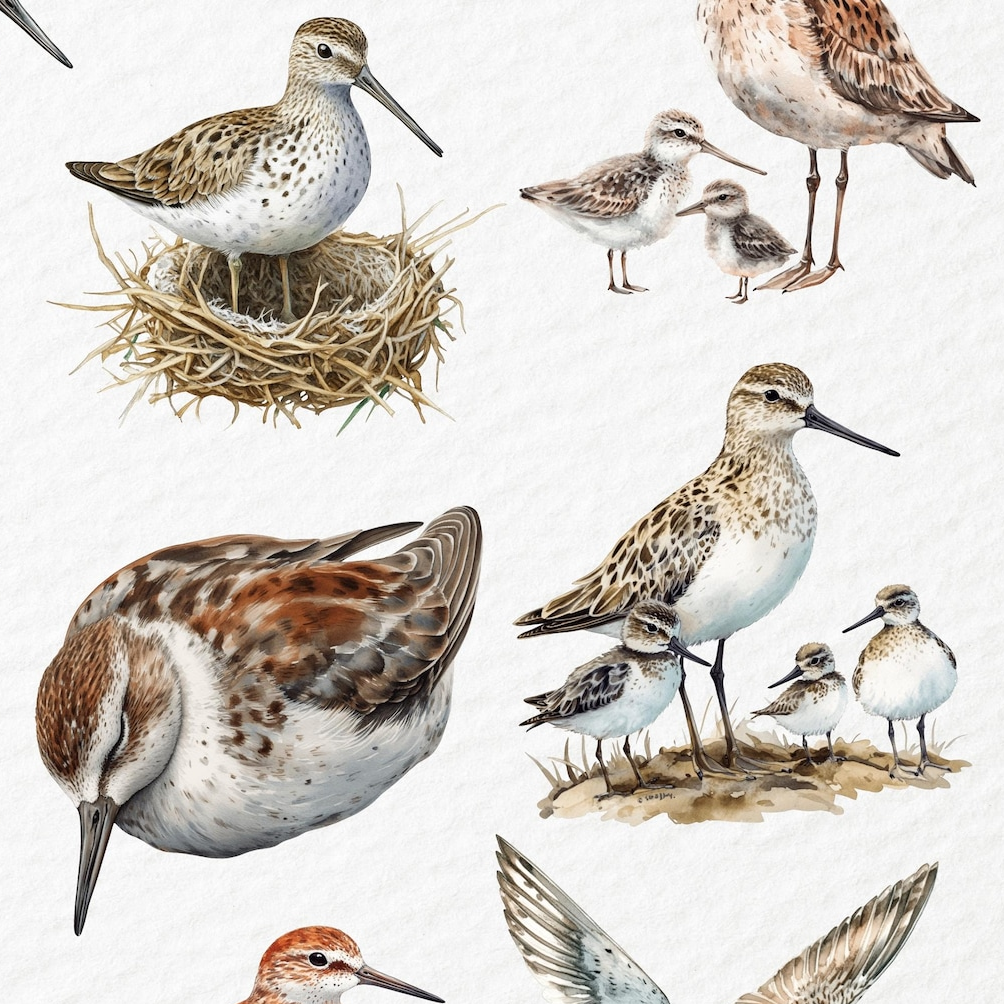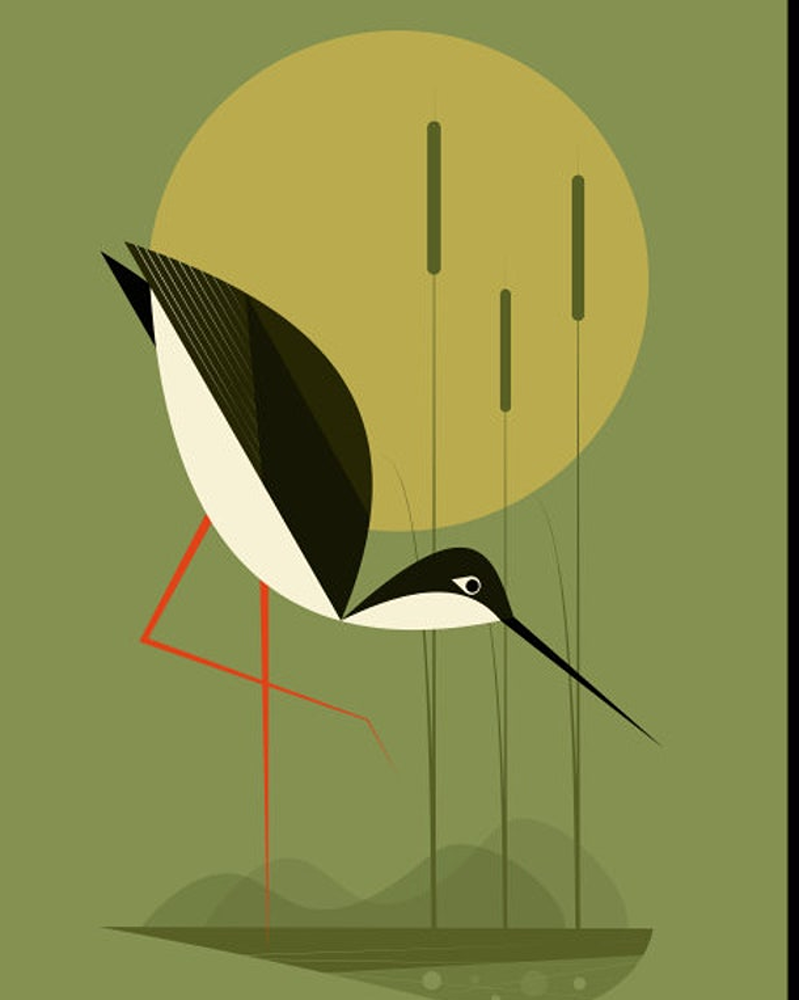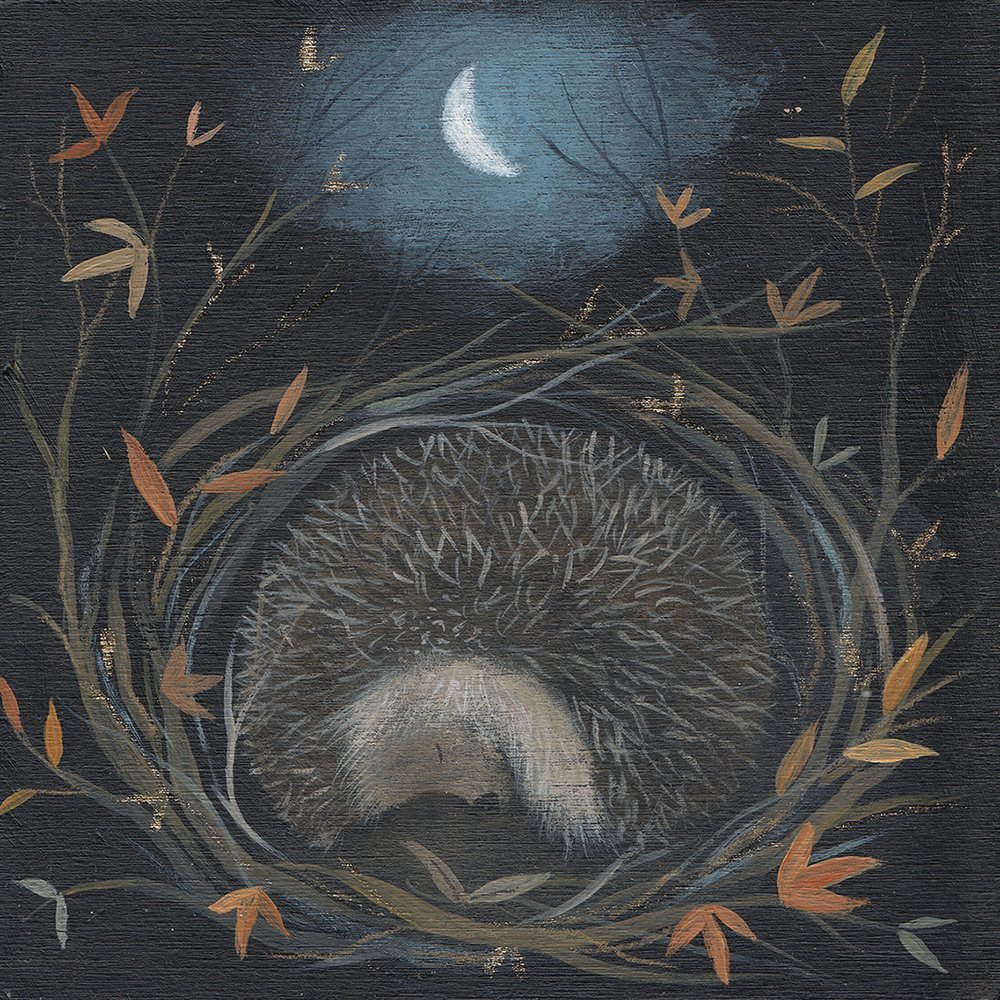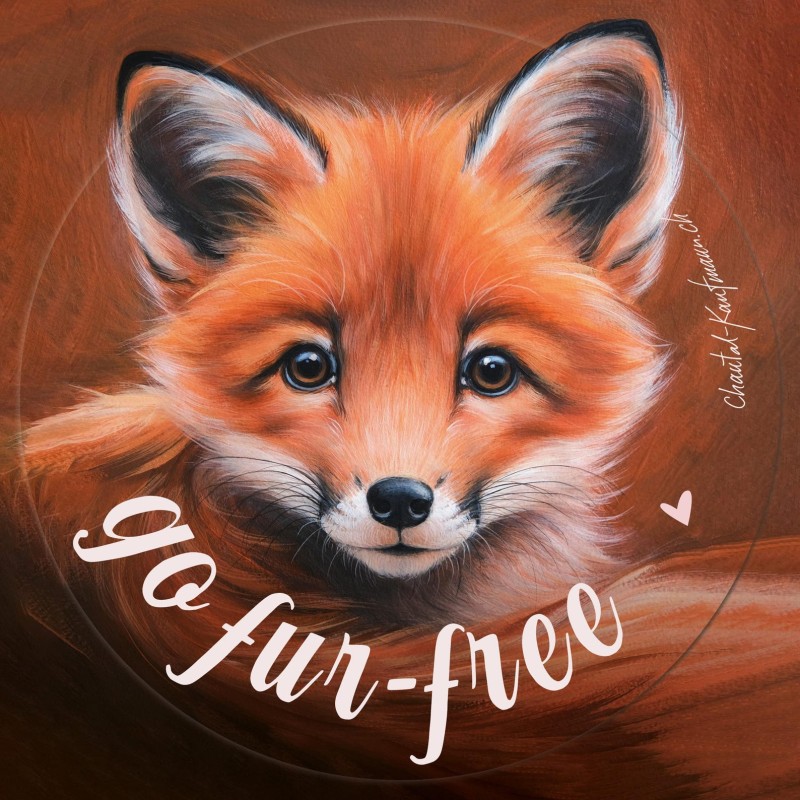Dunlins (little flying wading birds)

Dunlins are grey in winter, and brown in breeding season. Like curlews, they have downward-curving bills. Little stints are similar, but smaller.
Keep at least 50 metres away from wading birds, as flying away wastes energy that could be used for feeding (they need more space at high tide). Keep dogs away, as disturbing nests could cause birds to abandon chicks. Read more on keeping dogs safe at the seaside.
Dunlins are small, busy birds that rarely seem to rest. In breeding plumage, a black belly patch marks their spot, but for most of the year they wear softer greys and browns.
They thrive in estuaries, dashing about in large flocks and probing mud for insects, worms and crustaceans. In winter, the sight of thousands wheeling in the air over the tide is a true spectacle.
Dunlins are important indicators of healthy wetlands, so their presence means good things for local nature.
Restoring our wetlands is the best way to help wading birds, as it provides natural food and habitat. In recent years, many wetlands have been lost to farming and building, so birds lose their nesting and feeding grounds.
Other issues are water pollution, raw sewage and climate change which changes weather patterns). So support small organic farmers that protect wildlife corridors, and avoid companies that use pesticide, that kill the creatures that wetland birds feed on.





